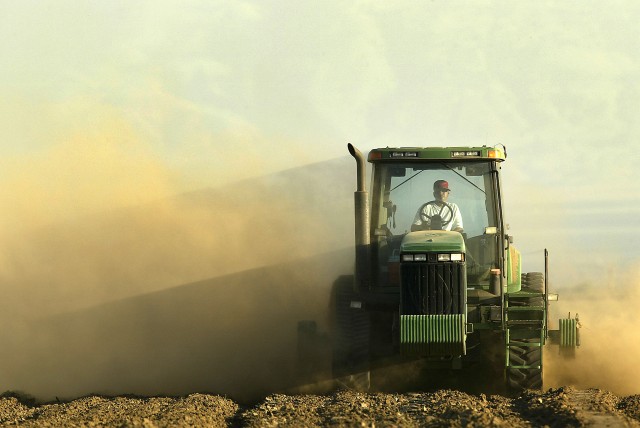
By Alice Daniel
California’s Central Valley grapples with some of the dirtiest air in the nation. The culprits range from its vast agriculture industry to trucks on Highway 99. But one local air district is tagging a source far away: Asia.
“The world in so many ways is getting smaller in respect to what we always thought was our own backyard issue: ozone,” says David Lighthall, the health science advisor for the San Joaquin Valley Air Pollution Control District.
Lighthall is one of the organizers of an ozone pollution conference starting Tuesday where scientists from California, China, Colorado and other places will discuss trends in global ozone.
Scientists say pollutants from fast-growing Asian countries like China are blowing across the Pacific Ocean and increasing ozone levels in vulnerable areas that include parts of California. But how much of a difference that foreign -- or "transboundary" -- ozone makes in the Central Valley is debatable.